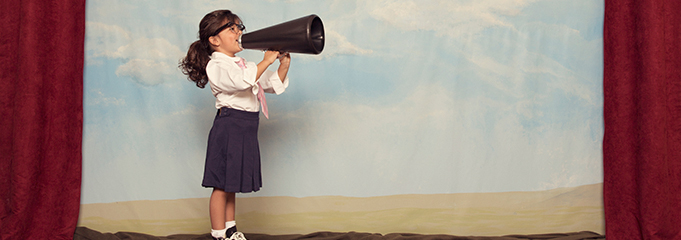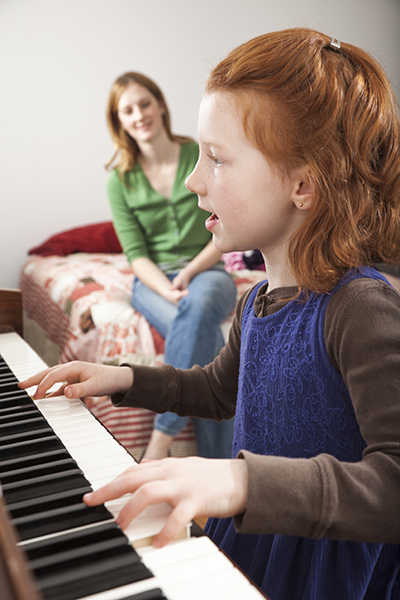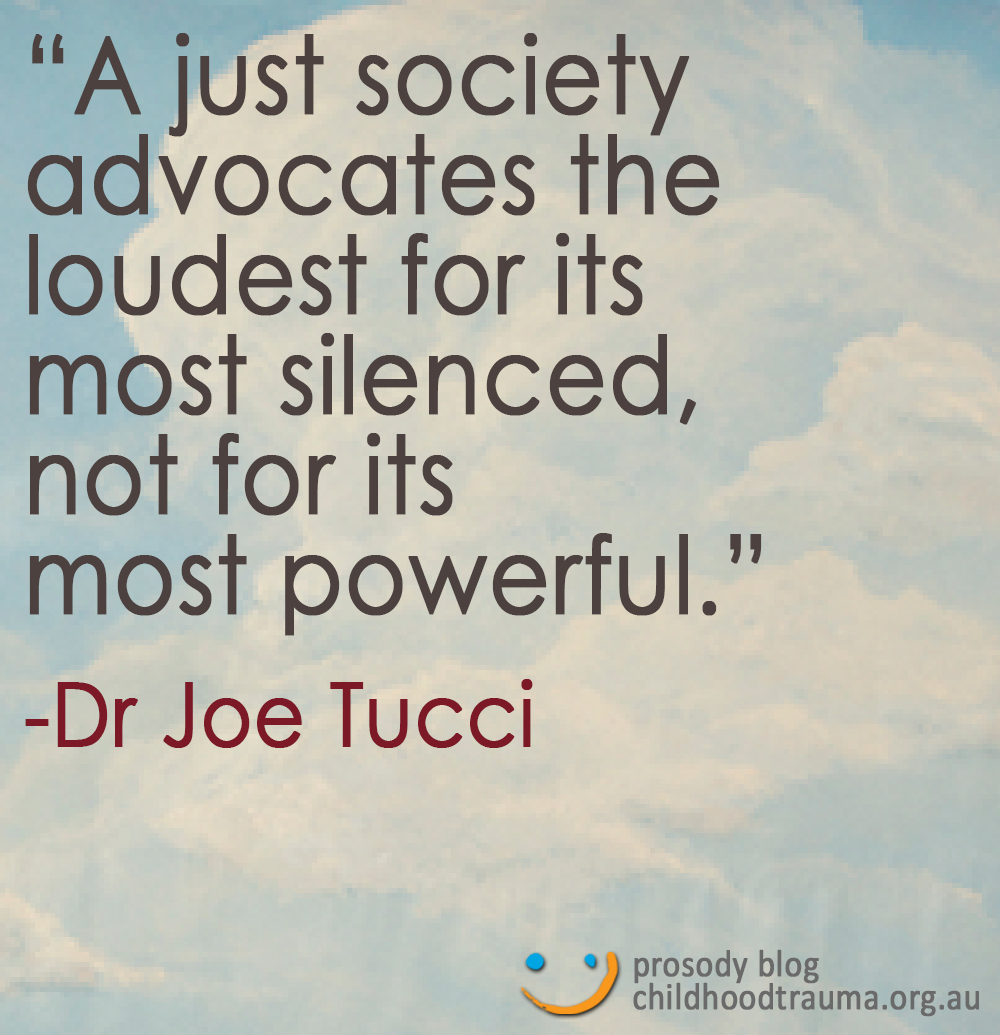
For the Love of a Child

This article was authored by Joe Tucci, CEO at the Australian Childhood Foundation.
Without any doubt, a child’s dance concert is magical. Little caterpillars turn into butterflies. Tap dancing dragons fly through the air. Ballerinas glide through puffy white clouds.
All parents know the wonder that accompanies their child’s performance. These moments are repeated everywhere at all times of the year – a special meal cooked for parents at school, a junior netball final, a speech at a presentation night. Each time, these experiences are a reminder of the power of connections between children and their families.
 At the events, whenever there is a challenge that feels too hard, children turn to find the faces of their mum or dad or grandparent. With a small nod or smiling wave, parents reassure them. They let their children know that they believe in them. They share the experience together. If a child feels nervous, a parent feels nervous. If a child is happy, a parent is happy. They mirror each other, reflecting their feelings. No words are necessary.
At the events, whenever there is a challenge that feels too hard, children turn to find the faces of their mum or dad or grandparent. With a small nod or smiling wave, parents reassure them. They let their children know that they believe in them. They share the experience together. If a child feels nervous, a parent feels nervous. If a child is happy, a parent is happy. They mirror each other, reflecting their feelings. No words are necessary.
Children can achieve so much when they feel confident about themselves. They learn best when they trust. They develop best when their attachment to their family is strong and predictable.
Abused and neglected children travel through life with few if any positive connections to their families. In fact, violence and exploitation undermine the very stability that children need. They learn not to trust. They feel unsafe. They feel under threat. They have no safe haven. The very people who are meant to look after them are the ones who hurt them. The very people who are meant to safeguard them allow them to be violated.
Instead of praise and reward, neglected children are treated with indifference and worse. They are told that they are not good enough. They are told that they are the cause of the family’s problems. They are told that so much would be better if they had not been born at all. They feel their parents’ words hit them like punches from a prize fighter.
In the absence of a parent’s commitment, abused children must rely on their community to protect them, and provide the love they deserve.
Sadly, this is where some of our most vulnerable children are let down. They are not always central to the decisions made by the very systems designed to keep them safe and uphold their rights.
For example, there is little acknowledgement that the criminal justice system has a poor track record in prosecuting adults who commit crimes against children. It is not only tougher sentences that are required, but more successful prosecutions.
There are too many barriers for the legal system to be effective in holding adults who hurt and exploit children accountable for their behaviour. For example, because of their immaturity, children are often considered unreliable witnesses. The statements that children make to people they trust, like teachers and counsellors, are not admissible in court. The experience of court is so daunting that many parents and carers choose not to proceed with charges against other adults who have sexually abused their children.
 Children need adults to stand up for them. A just society advocates the loudest for its most silenced, not for its most powerful.
Children need adults to stand up for them. A just society advocates the loudest for its most silenced, not for its most powerful.
Many child protection systems, too, are at a crossroad. Three Royal Commissions related to child abuse and family violence are underway or have just finished. Legal and policy reform is essential in so many areas.
The pressure on the system continues to increase. The threshold that triggers a child protection investigation remains too high. Some cases are closed too quickly. Others stagnate when more intensive intervention can resolve them. There are not enough placement options for children who have to be removed from their family for their own protection. There are not enough therapeutic services for abused children. There are insufficient treatment programs for adults who abuse children. Collaboration between different parts of a child’s network is complex and not easily achieved. Children in care have poor educational outcomes. They often do not finish school and struggle with their life opportunities.
Various governments have made substantial improvements to the system in recent years. But decades of neglect cannot be addressed without a sustained commitment to significant investment now.
In the competition for funds, it is vulnerable children who need to take priority. In the policy debate about child protection, children’s safety and stability should be paramount.
Children at the heart of a community are connected to that community. They feel that there are people cheering them on. Without such connections, children are lost. All children deserve a childhood that offers them the chance to set down the magical memories of tomorrow. For that, their safety needs to be assured.
